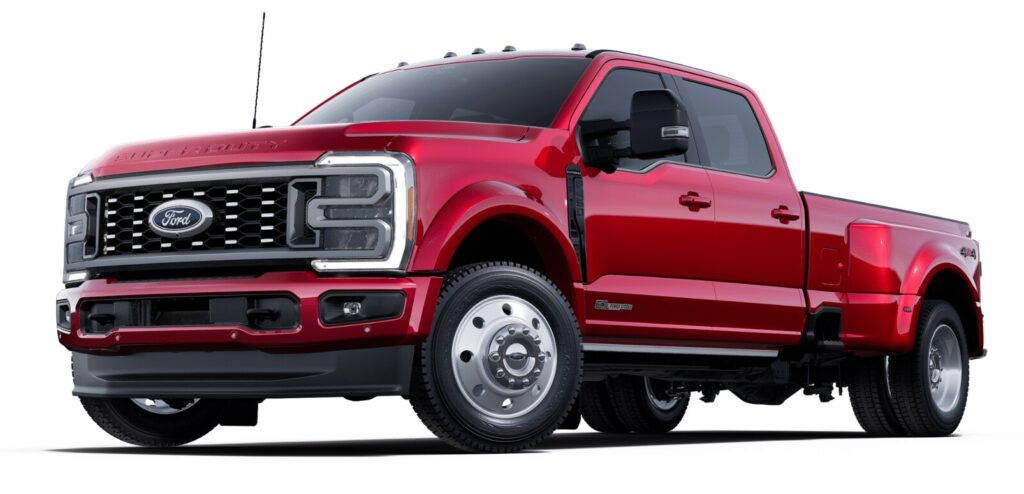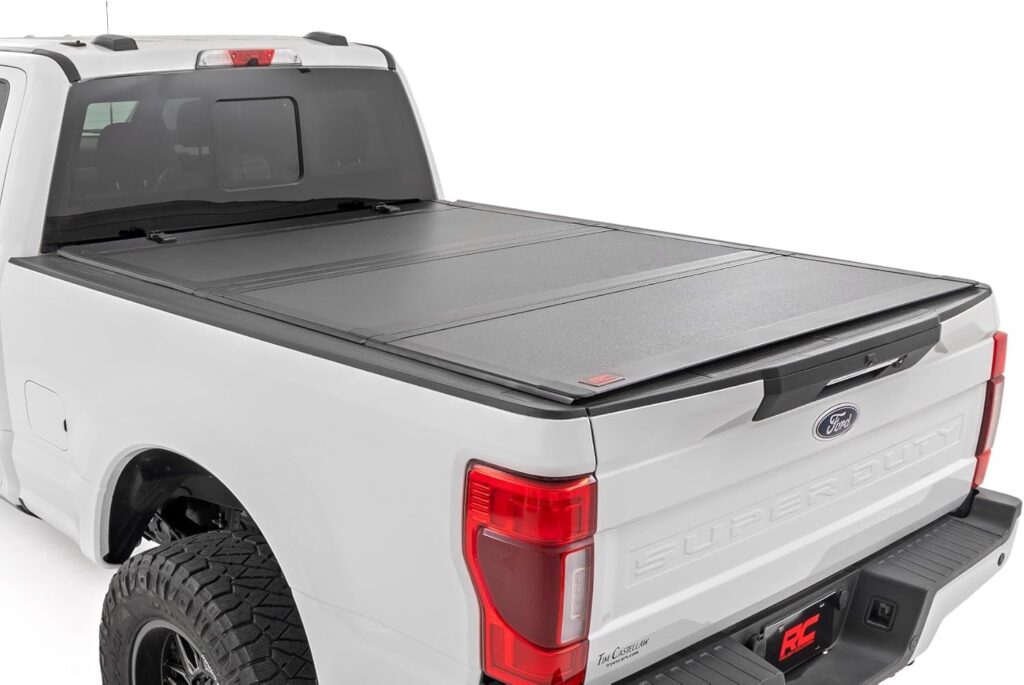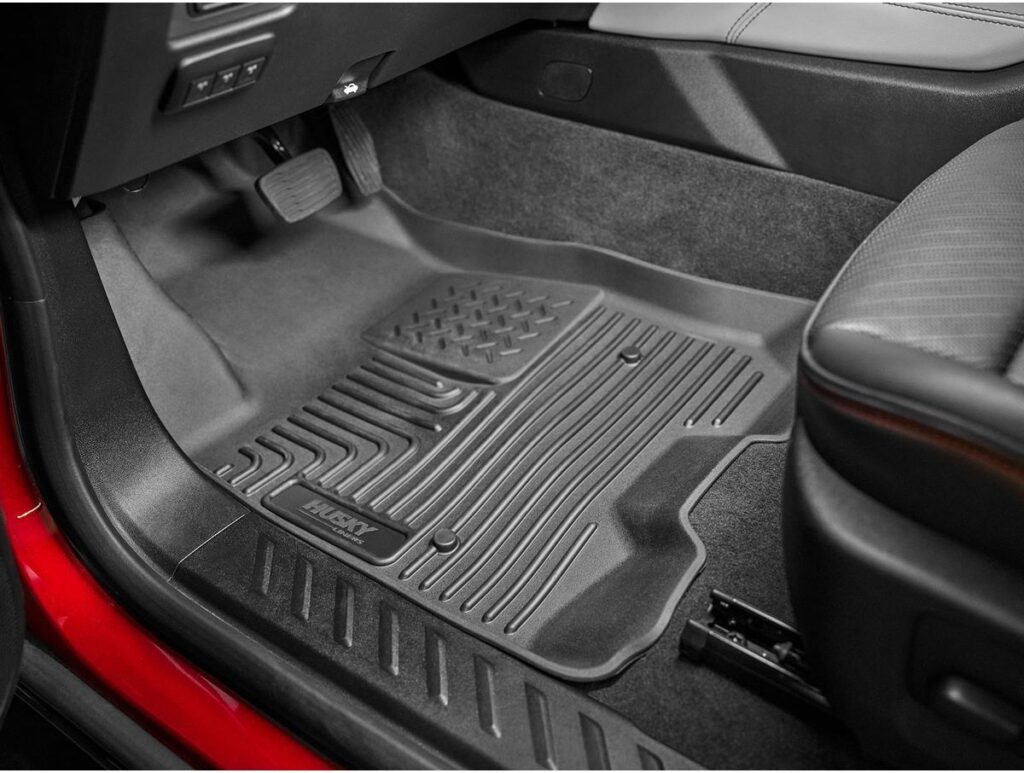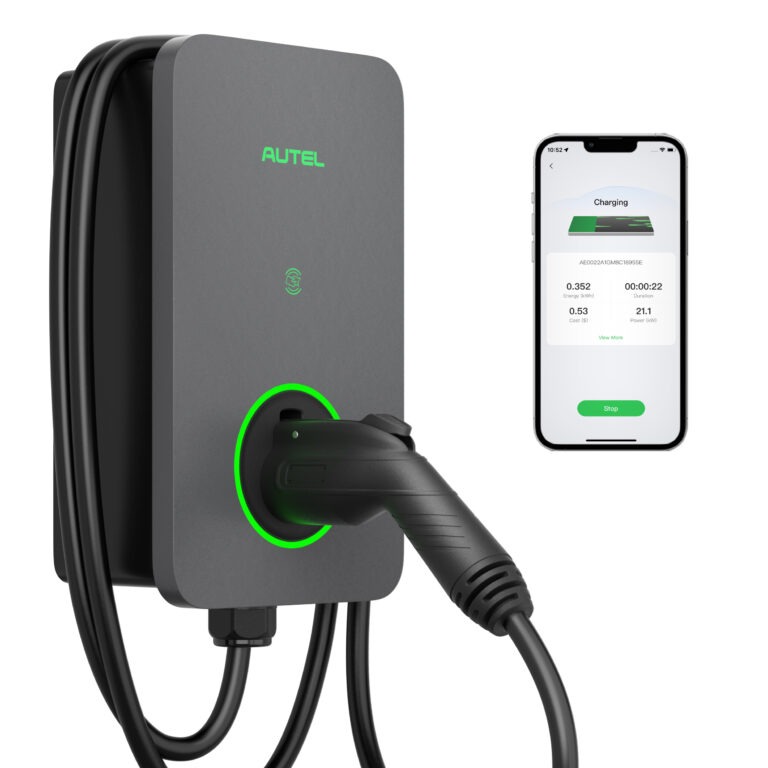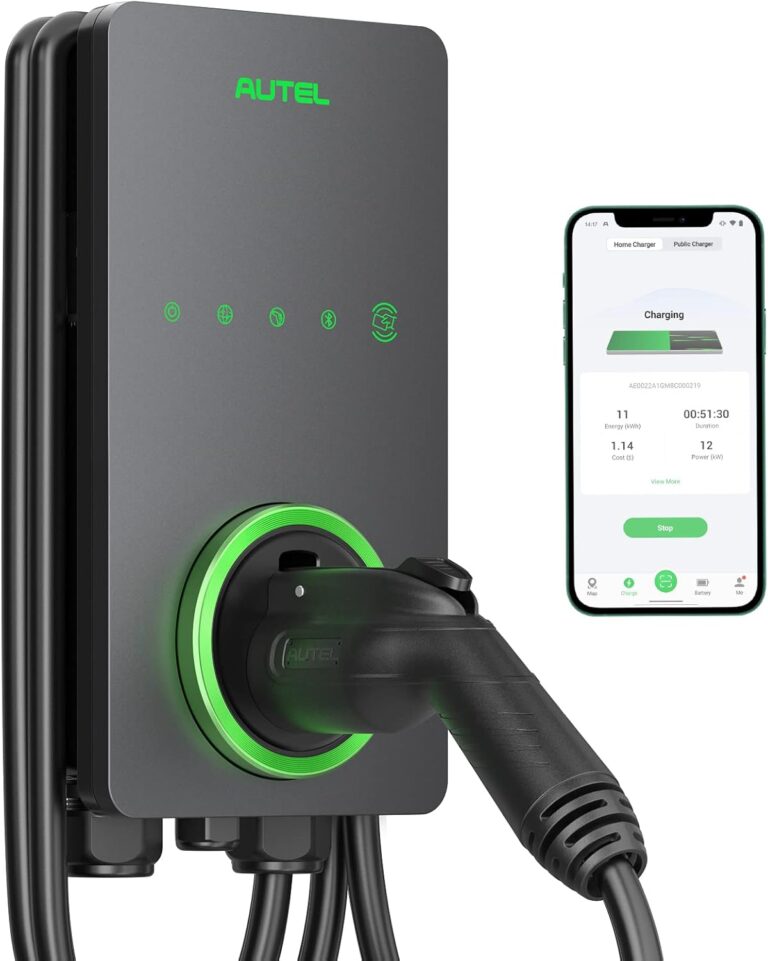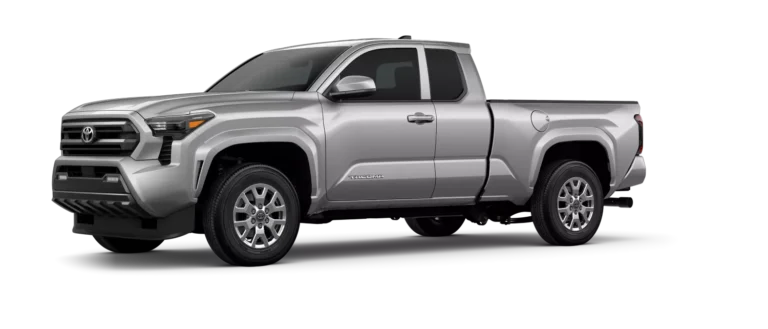
Ford F250 VIN Decoder
Don’t risk hidden issues! Click ‘Check Any VIN Now’ to see damage, recalls, mileage issues, title checks and more!
What Is A Ford F250 VIN Decoder?
The Ford F250, a powerhouse in the heavy duty truck market, boasts a wide range of configurations and model years. This variety, while beneficial for buyers seeking specific features, can make it challenging to pinpoint the exact specifications of a particular truck. Understanding the details of your F250, from engine type to cab configuration, is essential.
That’s where a Ford F250 VIN decoder becomes invaluable. More than just identifying the truck’s origin, a Ford F250 VIN decoder unlocks access to crucial information about its original build. You can verify factory installed features like engine type (including gasoline and Power Stroke diesel options), cab configuration (Regular, SuperCab, Crew Cab), and bed length, ensuring the vehicle matches its description.
Whether you’re a prospective buyer, current owner, or simply a Ford F250 enthusiast, a Ford F250 VIN decoder is an indispensable tool. It assists in ordering correct replacement parts, diagnosing potential issues, and researching recall campaigns specific to your truck’s configuration.
Below, you’ll find all the information you need to decipher an F250 VIN. Or you can use the ‘Check Any Vin Now’ button above and we’ll do it for you.
Ford Table of Contents
How To Find The VIN On A Ford F250
Dashboard: The most common and easiest place to find it is on the driver’s side dashboard. Look through the windshield, near the base, where the dashboard meets the glass. There should be a small metal plate visible with the VIN imprinted on it.
Driver’s Side Doorjamb: Open the driver’s side door and look for a sticker on the doorjamb or door edge. This sticker usually contains the VIN along with other information like tire pressure and vehicle weight ratings.
Vehicle Title and Registration: Your vehicle title and registration documents will always include the VIN.
Insurance Card: Your insurance card for the Ford F250 should also list the VIN.
Engine Bay: In some cases, the VIN might be stamped on the engine block or another accessible location within the engine bay. This is less common for quick identification.
Frame: The VIN can also be stamped on the frame of the vehicle, usually in an area less exposed to the elements to prevent corrosion. This location can be harder to access and find.
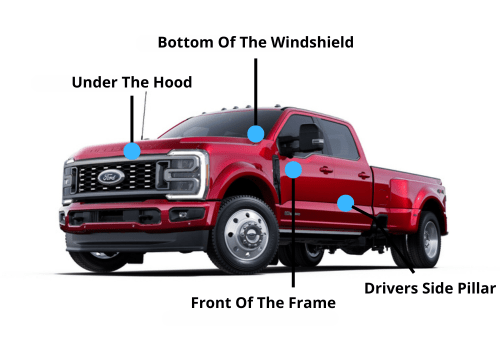
What Are The Best Accessories For The Ford F250
How To Understanding The Ford F250 VIN Structure
Understanding your Ford F250 VIN structure is key for effectively using a Ford F250 VIN decoder. The Ford F250 VIN, or Vehicle Identification Number, is a 17 character code that holds valuable information about its origin, specifications, and history. Decoding it is essential to unlocking that hidden data. Each character, or group of characters, within the VIN provides specific details about your truck’s unique attributes.
However, Ford’s VIN coding practices have evolved over the years. Therefore, to provide the most accurate Ford F250 VIN decoder information, it’s crucial to understand that the VIN structure varies depending on the model year. For example, what a specific character represents on a 1995 F250 might be entirely different on a 2015 model.
To use our Ford F250 VIN decoder information most effectively, you’ll need to locate your F250’s model year. Then, refer to the corresponding section for that year to understand the meaning of each character in your VIN. We will break down the VIN structure by specific year ranges to account for these changes. This will ensure the Ford F250 VIN decoder gives you accurate and relevant information about your specific truck.
How To Read A Ford F250 VIN number - Year Guide
1980-1986 Ford F250 VIN Decoder (Third Generation - "Bullnose")
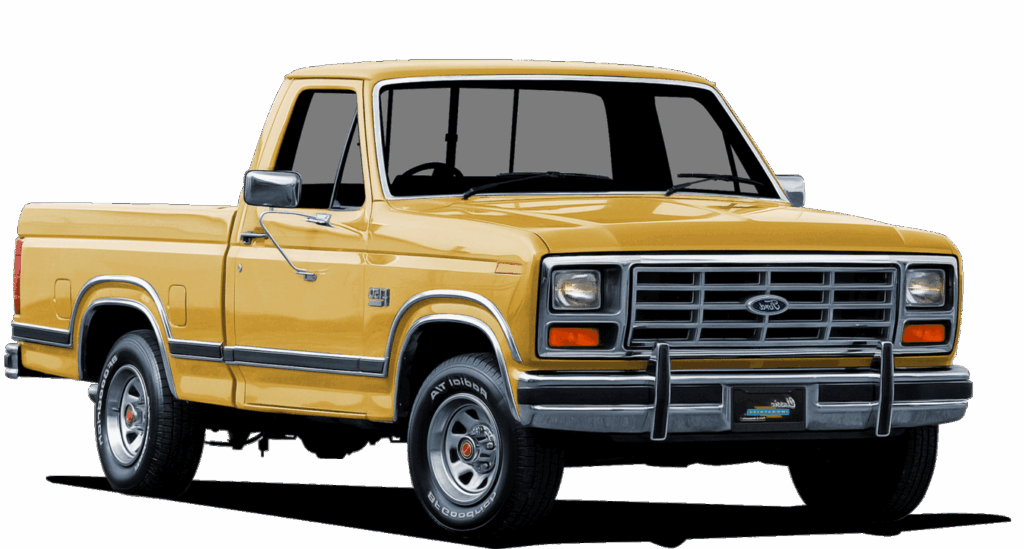
For F250s manufactured between 1980 and 1986, also known as the “Bullnose” generation due to their distinctive front end design, the VIN structure generally follows this format. Understanding this structure is crucial to using a Ford F250 VIN decoder correctly for these years. These trucks feature a boxy, squared off design with a prominent, forward sloping grille.
1st Character: Country of Origin
Indicates where the vehicle was manufactured:
1 – USA
2 – Canada
2nd Character: Manufacturer
Identifies the manufacturer:
F – Ford
3rd Character: Vehicle Type/Division
Designates the vehicle type:
T – Truck
4th-8th Characters: Vehicle Attributes
These characters help identify the truck’s GVWR, body style, series (F150, F250, F350), engine, and drivetrain. Decoding these accurately requires year-specific charts.
GVWR (Gross Vehicle Weight Rating) – Encoded within these positions, dictates the weight capacity of the truck.
Series: Identifies whether it is an F150, F250, or F350
Cab Type: Codes for regular or super cab.
Engine Codes (8th Character): Crucial for parts compatibility.
A year specific VIN chart is essential, but here are SOME examples:
A – 3.8L V6
E – 4.9L I6 (300 CID)
F – 5.0L V8 (302 CID)
G – 5.8L V8 (351M CID)
H – 5.8L V8 (351W CID)
K – 6.6L V8 (400 CID)
L – 7.5L V8 (460 CID)
9th Character: Check Digit
A security feature used to validate the VIN and detect errors.
10th Character: Model Year
Indicates the model year of the truck:
1980 – A
1981 – B
1982 – C
1983 – D
1984 – E
1985 – F
1986 – G
11th Character: Assembly Plant
Identifies where the vehicle was built.
F – Dearborn, MI
K – Kansas City, MO
E – Louisville, KY
12th-17th Characters: Production Sequence Number
A unique identifier assigned to each vehicle as it comes off the production line.
Important Considerations for 1980-1986 Ford F250 (“Bullnose”) VIN Decoder Use:
Due to the variations within these years, consult a year-specific Ford VIN chart.
Engine codes are critical for parts compatibility.
The distinct “Bullnose” styling is a key visual identifier.
1987-1997 Ford F250 VIN Decoder (Fourth Generation - "OBS" or "Bricknose")
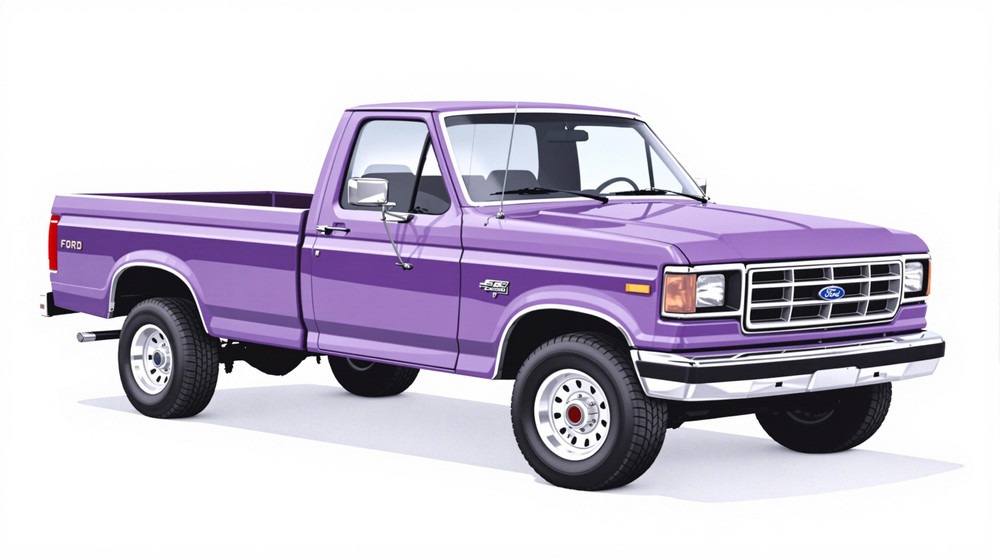
For F250s manufactured between 1987 and 1997, often referred to as “OBS” (Old Body Style) or “Bricknose,” the VIN structure has similarities to the previous generation but with some variations. Understanding this structure is crucial to using a Ford F250 VIN decoder correctly for these years. These trucks feature a more aerodynamic and rounded design compared to the “Bullnose,” with a smoother front end.
1st Character: Country of Origin
Indicates where the vehicle was manufactured:
1 – USA
2 – Canada
2nd Character: Manufacturer
Identifies the manufacturer:
F – Ford
3rd Character: Vehicle Type/Division
Designates the vehicle type:
T – Truck
4th-8th Characters: Vehicle Attributes
These characters help identify the truck’s GVWR, body style, series, engine, and drivetrain. Year specific charts are crucial for accurate decoding.
GVWR (Gross Vehicle Weight Rating)
Series: Identifies whether it is an F150, F250, or F350
Cab Type: Codes for regular, super cab, or crew cab (introduced in later years).
Engine Codes (8th Character):
A year-specific VIN chart is ESSENTIAL. Here are some POTENTIAL examples that REQUIRE YEAR VERIFICATION:
Y – 4.9L I6 (300 CID)
F – 5.0L V8 (302 CID) EFI
H – 5.8L V8 (351W CID)
P – 7.3L V8 Diesel (IDIT – Turbocharged Diesel)
G – 7.5L V8 (460 CID)
9th Character: Check Digit
A security feature used to validate the VIN.
10th Character: Model Year
1987 – H
1988 – J
1989 – K
1990 – L
1991 – M
1992 – N
1993 – P
1994 – R
1995 – S
1996 – T
1997 – V
11th Character: Assembly Plant
F – Dearborn, MI
K – Kansas City, MO
E – Louisville, KY
12th-17th Characters: Production Sequence Number
A unique identifier assigned to each vehicle.
Key Considerations for 1987-1997 Ford F250 (“OBS”/”Bricknose”) VIN Decoder Use:
Year-specific VIN charts are vital for accurate decoding.
The 7.3L Power Stroke Diesel engine is a significant option during this period.
The “OBS” or “Bricknose” styling is a key visual identifier.
1999-2004 Ford F250 Super Duty VIN Decoder
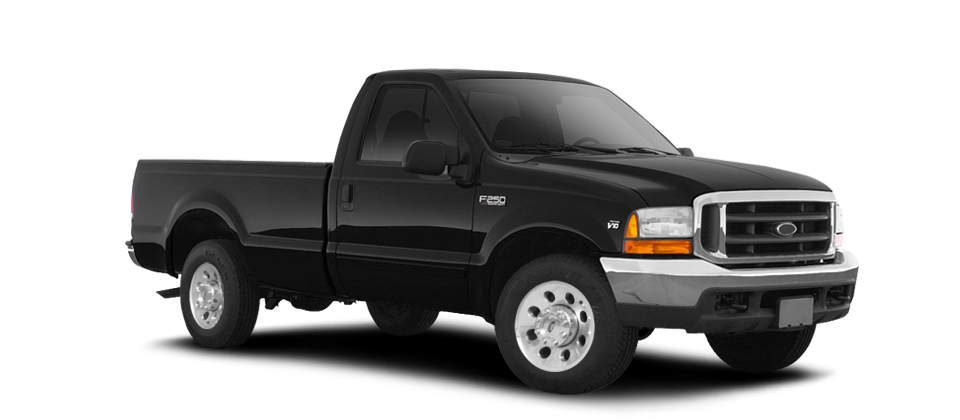
The 1999 model year marked a radical shift with the introduction of the “Super Duty” line, including the F250. These trucks are significantly larger and more capable than their predecessors. Two distinct generations are present within this timeframe, roughly splitting around the 2011 model year (but be aware of specific year details!).
1st Character: Country of Origin
1 – USA
2nd Character: Manufacturer
F – Ford
3rd Character: Vehicle Type/Division
T – Truck
4th-8th Characters: Vehicle Attributes: These are crucial for determining specifications but require a year specific chart. This includes engine type, GVWR, cab configuration, and other options. A reliable Ford F250 VIN decoder is non negotiable.
Engine Codes (8th Character): Engine choices changed throughout these years. Here are some possible examples. Always verify with a model year-specific VIN chart!
8 – 5.4L Triton V8 (Gasoline)
B – 6.8L Triton V10 (Gasoline)
P – 7.3L Power Stroke Diesel V8 (Early Years ONLY – phasing out)
8 – 6.0L Power Stroke Diesel V8 (Troubled Years – Be careful!)
V – 6.4L Power Stroke Diesel V8 (Also problematic!)
8 – 6.2L Gasoline V8 (Later Years)
F – 6.7L Power Stroke Diesel V8 (“Scorpion” – Introduced later, more reliable)
9th Character: Check Digit
A security feature.
10th Character: Model Year:
*1999 – X
*2000 – Y
*2001 – 1
*2002 – 2
*2003 – 3
*2004 – 4
*2005 – 5
*2006 – 6
*2007 – 7
*2008 – 8
*2009 – 9
*2010 – A
*2011 – B
*2012 – C
*2013 – D
*2014 – E
*2015 – F
*2016 – G
11th Character: Assembly Plant
L – Kentucky Truck Plant (Louisville)
12th-17th Characters: Production Sequence Number
A unique identifier.
Key Notes for 1999-2016:
Super Duty Arrives: This is a completely different truck than the previous generation.
Diesel Engine Evolution (and Troubles): The Power Stroke diesel went through significant changes (and some problematic iterations). A Ford F250 VIN decoder is crucial to identify the specific engine.
6.0L and 6.4L Power Stroke Concerns: Be aware that the 6.0L and 6.4L Power Stroke engines have known reliability issues. Research them thoroughly before buying a truck with these engines.
The 6.7L “Scorpion”: The introduction of the 6.7L “Scorpion” Power Stroke marked a significant improvement in diesel reliability.
GVWR Matters: These trucks are built for heavy work; GVWR is a critical specification.
Two Major Styling Updates: While all are Super Duty, there are significant styling updates between 1999-2007, 2008-2010, and 2011-2016. Knowing the styling helps narrow down the VIN decoding process.
2005-2007 Ford F250 Super Duty VIN Decoder
(Second Generation Super Duty - Mid-Cycle Refresh)
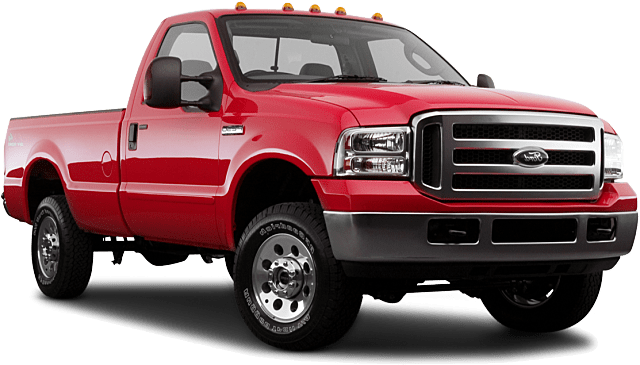
The 2005-2007 F250 Super Duty represents a significant mid cycle refresh of the first generation. The front end was redesigned with a larger, more aggressive grille, and the interior received updates. While mechanically similar to the first generation, the visual changes are substantial. A Ford F250 VIN decoder chart for these specific years is vital.
(VIN structure details remain the same as previously described for “1999-2016”, but remember to use charts for 2005-2007 specifically.)
Key Engines: 5.4L Triton, 6.8L Triton, 6.0L Power Stroke
2008-2010 Ford F250 Super Duty VIN Decoder
(Further Styling and Mechanical Updates)
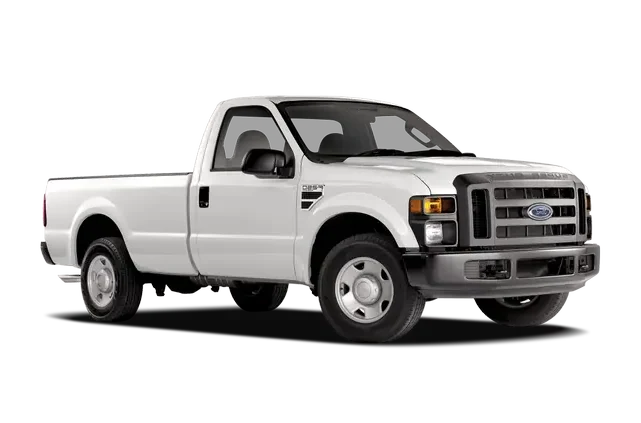
he 2008-2010 model years brought further refinements to the Super Duty, including styling tweaks and some mechanical updates. These years also saw further development (though not necessarily improvements in reliability) of the existing engine options. A Ford F250 VIN decoder is crucial to correctly determine engine details.
(VIN structure details remain the same as previously described for “1999-2016”, but remember to use charts for 2008-2010 specifically.)
Key Engines: 5.4L Triton (less common), 6.8L Triton, 6.4L Power Stroke (Avoid if possible!), 6.2L Gas (Late introduction)
2011-2016 Ford F250 Super Duty VIN Decoder
(Major Redesign and New Engine Options)
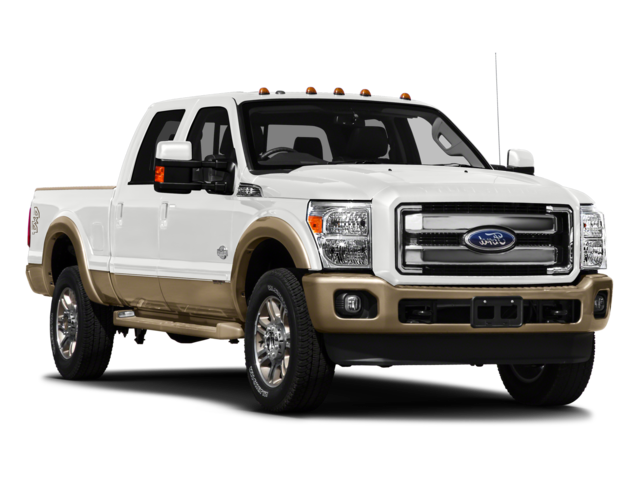
The 2011-2016 F250 Super Duty underwent a major redesign with a completely new interior and exterior. This generation also saw the introduction of the 6.7L “Scorpion” Power Stroke diesel, a significant improvement in diesel engine reliability. Using a year specific Ford F250 VIN decoder chart is absolutely essential due to the engine changes.
(VIN structure details remain the same as previously described for “1999-2016”, but remember to use charts for 2011-2016 specifically.)
Key Engines: 6.2L Gas, 6.7L Power Stroke (“Scorpion”)
2017-Present Ford F250 Super Duty VIN Decoder (Third Generation of Super Duty)
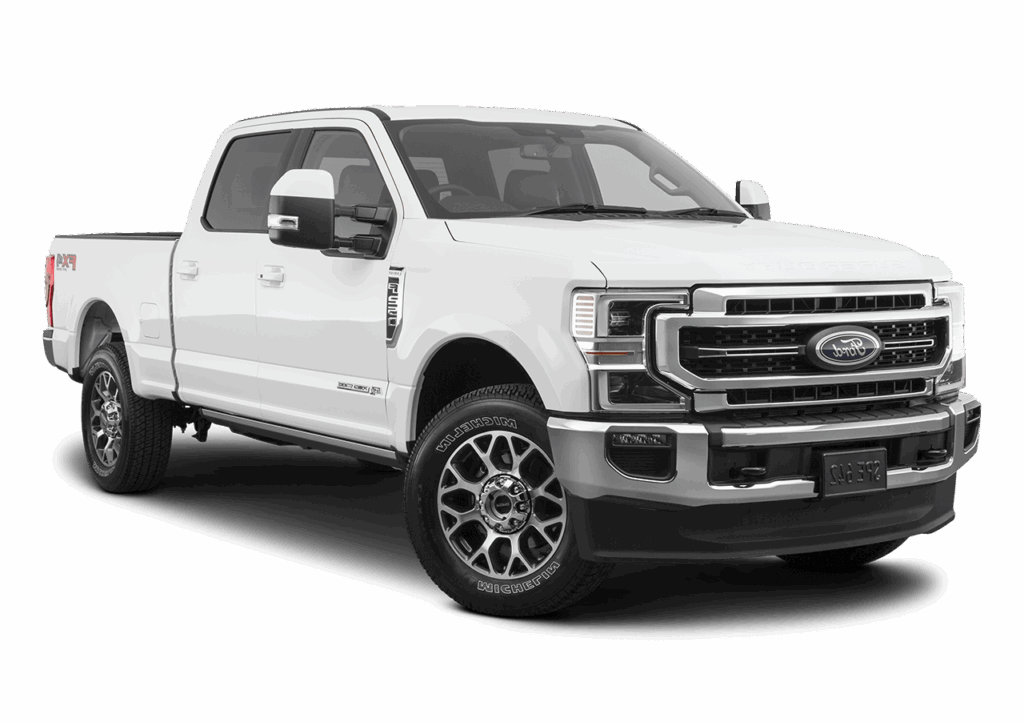
The 2017 model year brought another significant redesign to the F250 Super Duty, with a new aluminum body and updated styling. This generation continues to the present day, with some mid cycle refreshes. Using a Ford F250 VIN decoder remains essential for identifying specific engine options and features.
1st Character: Country of Origin
1 – USA
2nd Character: Manufacturer
F – Ford
3rd Character: Vehicle Type/Division
T – Truck
4th-8th Characters: Vehicle Attributes: Requires a year-specific chart to properly decode GVWR, cab style, and other features. Accurate decoding requires a trusted Ford F250 VIN decoder.
Engine Codes (8th Character):
M – 6.2L 2-Valve SOHC EFI NA V8 (Gasoline)
G – 7.3L 2V DEVCT NA PFI Gas V8 (Gasoline – Added later)
B – 6.7L Power Stroke Diesel V8 (“Scorpion”)
9th Character: Check Digit
A security feature.
10th Character: Model Year
*2017 – H
*2018 – J
*2019 – K
*2020 – L
*2021 – M
*2022 – N
*2023 – P
*2024 – R
11th Character: Assembly Plant
L – Kentucky Truck Plant (Louisville)
12th-17th Characters: Production Sequence Number
A unique identifier.
Key Notes for 2017-Present:
Aluminum Body: A major change for this generation.
6.7L Power Stroke Continues: The 6.7L Power Stroke remains the diesel option, with continuous improvements in power and reliability.
7.3L “Godzilla” Gas Engine: A new 7.3L gasoline V8 (“Godzilla”) was introduced, offering a powerful alternative.
Technology and Features: These trucks are packed with advanced technology, making a detailed Ford F250 VIN decoder even more valuable.
Mid-Cycle Refreshes: Be aware of styling and feature updates within this generation.
Ford F250 VIN Decoder: Real World Examples
Example 1: Purchasing a Used 2006 Ford F250
Scenario: You’re considering buying a used 2006 Ford F250 Super Duty. The seller claims it has the 6.0L Power Stroke diesel engine and a specific GVWR.
How a Ford F250 VIN Decoder Helps:
You obtain the VIN from the dashboard.
Using a reliable Ford F250 VIN decoder (specifically one designed for 2006 models), you input the VIN.
The decoder reveals that the 8th character of the VIN corresponds to the 5.4L Triton V8 gasoline engine, not the 6.0L Power Stroke.
Additionally, the GVWR encoded in the 4th-7th characters is significantly lower than what the seller claimed.
Outcome: The Ford F250 VIN decoder revealed discrepancies in the seller’s description, preventing you from making a potentially costly mistake. You can now either negotiate a lower price or walk away from the deal.
Example 2: Ordering Replacement Parts for a 2014 Ford F250
Scenario: You own a 2014 Ford F250 Super Duty and need to order a replacement fuel filter. You’re unsure if you have the standard fuel system or a specific heavy-duty option.
How a Ford F250 VIN Decoder Helps:
You locate the VIN on the driver’s side doorjamb.
Using a Ford F250 VIN decoder for 2014 models, you input the VIN.
The decoder identifies a specific code within the 4th-7th characters that indicates the truck is equipped with the standard fuel system.
Outcome: You can now confidently order the correct fuel filter, ensuring proper fit and function, avoiding the hassle and expense of returning the wrong part.
Example 3: Researching Recall Information for a 2000 Ford F250
Scenario: You own a 2000 Ford F250 Super Duty and want to check if there are any outstanding recall campaigns specific to your truck’s configuration.
How a Ford F250 VIN Decoder Helps:
You find the VIN on your vehicle title.
You use a Ford F250 VIN decoder for 2000 models to determine the exact engine type, transmission, and other relevant options.
You then use the decoded information, along with the VIN, to search the National Highway Traffic Safety Administration (NHTSA) website or a reputable Ford recall database.
Outcome: You discover that your F250 is subject to a specific recall related to a potential fuel system issue, allowing you to schedule a free repair at a Ford dealership.
Example 4: Determining Original Options for a 1992 Ford F250
Scenario: You are restoring a 1992 Ford F250 “OBS” and are trying to determine the original factory options, such as paint color and interior trim.
How a Ford F250 VIN Decoder Helps:
While a Ford F250 VIN decoder won’t directly give you the paint code or interior trim code in this era, it will confirm the engine, transmission, and cab configuration. This information is crucial to narrow down the possible original options.
You would then supplement the VIN information with other resources, such as original Ford brochures, parts catalogs, and online forums dedicated to restoring OBS Ford trucks.
Where And How Do I Find Ford F250 VIN Decoders?
General Search Strategies:
Specificity is Key: Don’t just search for “VIN decoder.” Search for “Ford F250 VIN decoder [Model Year or Year Range]“. Adding the model year significantly improves the accuracy of the results.
Look for Reputable Automotive Sites: Prioritize websites of established automotive parts retailers, Ford enthusiasts’ forums, or vehicle history report providers.
Cross Reference Information: Always cross reference the information you obtain from one decoder with other sources, such as owner’s manuals or Ford parts catalogs, to verify accuracy.
Examples of Online Ford F250 VIN Decoders (with Links where Available):
Important Note: Website links and functionality can change. Always double-check that the decoder is functioning correctly and providing accurate results. Many free VIN decoders are generic and may not provide F250 specific information.
FordEtis (Subscription Required): (No direct link due to login requirement, but search for “Ford Etis”)
- Description: FordEtis is Ford’s official technical information system. It requires a subscription, but it provides the most comprehensive and accurate information for decoding Ford VINs, including F250s.
- Pros: Official Ford source, detailed information.
- Cons: Requires a paid subscription.
- Value to F250 owner: If you’re heavily invested in maintaining your F250 or multiple Fords, this could be worth it.
National Highway Traffic Safety Administration (NHTSA) VIN Decoder: https://www.nhtsa.gov/recalls
- Description: The NHTSA’s VIN decoder is primarily designed to check for recalls, but it also provides some basic vehicle information.
- Pros: Free, official government source, checks for safety recalls.
- Cons: Limited information beyond recall status. Not specifically an “F250 VIN decoder.”
- Value to F250 owner: Excellent for safety related checks.
EpicVIN: https://www.epicvin.com/decoder/ford
- Description: EpicVIN is a paid service, but they offer some information free.
- Pros: It includes market value, theft records, accident history, and title information.
- Cons: It is a paid service
- Vehicle History Report Providers (e.g., Carfax, AutoCheck): (Links vary depending on the provider)
- Description: While primarily focused on vehicle history reports, these providers often include a VIN decoder as part of their service.
- Pros: Comprehensive vehicle history information.
- Cons: Primarily a paid service.
- Value to F250 owner: Helpful for pre-purchase inspections of used F250s.
Specific Year F250 Forums and Enthusiast Sites:
- Description: Search for forums dedicated to specific generations of the Ford F250 (e.g., “1999-2004 Ford Super Duty Forum”). Members often have in-depth knowledge of VIN decoding and can provide assistance. Some forums may have dedicated threads or tools for VIN decoding.
- Pros: Free access to community knowledge, F250-specific expertise.
- Cons: Requires more effort to find the information, reliance on community expertise.
Where Is The Best Ford F250 VIN Information
1. Ford Motor Company (Ford Etis or Professional Technician Society – PTS):
Pros:
Most Accurate and Detailed: This is the official source of Ford VIN information. Ford Etis (European Technical Information System) and the equivalent Professional Technician Society (PTS) in North America contain the original build data for the vehicle, including all factory installed options, paint codes, trim codes, and specific component information.
Reliable for Technical Information: Provides detailed wiring diagrams, repair procedures, and technical service bulletins (TSBs).
Access to Recall Information: Accurate and up to date recall information.
Cons:
Subscription Required: Both Ford Etis and PTS require a paid subscription. The cost can be significant, especially for casual users.
Designed for Professionals: The interface is geared towards technicians, not necessarily easy for the average user to navigate.
Best For:
Professional mechanics and technicians working on Ford vehicles.
Serious enthusiasts restoring a Ford to its original factory specifications.
Anyone needing the most detailed and accurate information possible.
2. Ford Dealership Service Departments:
Pros:
Access to Ford’s Database: Dealership service departments have access to Ford’s official VIN database.
Can Print Build Sheets: They can often print out a build sheet for your vehicle, showing all the original factory options.
Recall Checks: Can quickly check for outstanding recalls.
Cons:
May Charge a Fee: Some dealerships may charge a fee for providing this information.
Variable Knowledge: The knowledge and willingness of service department staff can vary.
Limited to What They Can Access: Even with their access, some historical details might be unavailable depending on the vehicle’s age.
Best For:
Verifying specific factory options or obtaining a build sheet.
Checking for outstanding recall campaigns.
Situations where you need an official confirmation of vehicle specifications.
3. Vehicle History Report Providers (e.g., Carfax, AutoCheck):
Pros:
Comprehensive Vehicle History: Provides access to accident reports, title information, service records, and other historical data.
VIN Decoder Included: Often includes a VIN decoder as part of the service.
Cons:
Costly: Vehicle history reports are typically a paid service.
Not Always Complete: Vehicle history reports are only as good as the data they contain, which may not always be complete or accurate.
Best For:
Pre-purchase inspections of used vehicles.
Uncovering potential hidden issues or problems.
4. Online Forums and Enthusiast Communities:
Pros:
Free Access to Knowledge: Members often have in depth knowledge of specific Ford models and can provide assistance with VIN decoding.
Can Share Resources: May have access to VIN charts or decoding tools that are not readily available elsewhere.
Cons:
Reliance on Community Expertise: The accuracy of the information depends on the knowledge and experience of the community members.
Can Be Time-Consuming: Finding the information you need may require searching through numerous threads and posts.
Best For:
Getting model-specific information or advice from experienced owners.
Finding resources for decoding older or less common VINs.
Why Decode Your Ford F150 VIN?
Decoding a Ford F250 VIN offers numerous benefits for both prospective buyers and current owners. Here’s a breakdown of the key reasons why it’s a valuable process:
1. Verify Accuracy and Authenticity:
Confirm Original Specifications: A Ford F250 VIN decoder allows you to verify the original factory specifications of the truck, including engine type (gasoline or diesel, displacement, and specific configuration), transmission, cab configuration (Regular, SuperCab, Crew Cab), bed length, GVWR (Gross Vehicle Weight Rating), and trim level.
Detect Fraud or Misrepresentation: If you’re buying a used F250, decoding the VIN can help you identify any discrepancies between what the seller claims and what the truck actually is. This can uncover potential fraud or misrepresentation. For example, the seller might claim it has a more powerful engine than it actually does, or that it’s a higher trim level than it is.
Ensure Correct Parts Compatibility: Knowing the exact specifications of your F250 is crucial for ordering the correct replacement parts. A Ford F250 VIN decoder can help you identify the correct engine, transmission, and other components, ensuring that the parts you order will fit and function properly.
2. Make Informed Purchasing Decisions (Used Trucks):
Assess True Value: By confirming the original specifications and options, you can better assess the true value of a used F250. Trucks with desirable features or rare configurations may command a higher price.
Identify Potential Problems: The VIN can be used to research the truck’s history, including accident reports, title issues (salvage, flood damage, etc.), and odometer discrepancies. This can help you avoid buying a truck with hidden problems.
Check for Outstanding Recalls: A Ford F250 VIN decoder can be used to check for any outstanding recall campaigns that affect the truck. This allows you to ensure that any necessary repairs are performed free of charge.
3. Improve Maintenance and Repair Efficiency:
Order Correct Parts: As mentioned earlier, knowing the exact specifications of your F250 is essential for ordering the correct replacement parts. This can save you time, money, and frustration.
Access Model-Specific Information: The VIN can be used to access model specific repair manuals, wiring diagrams, and technical service bulletins (TSBs). This can help you diagnose and repair problems more efficiently.
Identify Potential Issues: A Ford F250 VIN decoder, combined with research, can help you identify potential issues that are common to your truck’s configuration. This allows you to proactively address these issues before they become major problems.
4. Restoration and Customization Projects:
Determine Original Configuration: If you’re restoring a classic F250, a Ford F250 VIN decoder can help you determine the original factory configuration, allowing you to restore the truck to its original condition.
Source Correct Parts: Knowing the original specifications is essential for sourcing correct replacement parts for restoration projects.
Plan Customizations: When customizing your F250, a VIN decoder can help you understand the truck’s capabilities and limitations, allowing you to plan your modifications accordingly.

Article By: Dale Ogden
Dale is a highly respected automotive industry expert, renowned for his pioneering work in vehicle forecasting and asset management. As the founder of Check Your Spec and former Forecast Manager at CAP HPI (the UK equivalent of Kelley Blue Book), he spearheaded the development of forecasting strategies and depreciation models for internal combustion, hybrid, and electric commercial vehicles. With over two decades of experience, Dale pioneered EV forecasting models now used by major manufacturers, and has generated residual values for over 10,000 new vehicles.
Ford F250 VIN Decoder FAQ
Is there a difference in VIN structure across different F250 model years?
Yes, absolutely. Ford’s VIN coding practices have evolved over the years. Therefore, the meaning of specific characters in the VIN can vary depending on the model year. It is critical to use a VIN decoder specifically designed for the model year of your F250.
Can a VIN decoder tell me the original paint color of my F250?
Some VIN decoders, particularly those provided by Ford (Etis), can provide the original paint code. However, many free online decoders won’t provide this level of detail.
How accurate is a Ford F250 VIN decoder for identifying swapped engines in older "OBS" (1987-1997) models?
While a Ford F250 VIN decoder can tell you the original engine in an OBS F250, it cannot definitively tell you if the engine has been swapped. The VIN only reflects the factory-installed engine. You’ll need to visually inspect the engine, check for engine codes, and compare them against known engine specifications for the given year. Look for inconsistencies in wiring, mounting points, or other components that might indicate a swap.
Can a Ford F250 VIN decoder help me determine the original axle ratio on my 2000s Super Duty for towing calculations?
Unfortunately, a Ford F250 VIN decoder typically won’t provide the exact axle ratio directly. However, it will identify the engine and transmission. With those details, you can consult Ford’s official towing guides (available online) for your specific year. These guides often list the available axle ratios for different engine and transmission combinations. Some specialized Ford forums may also have databases of axle codes. Visually inspecting the axle itself may also reveal a tag with the ratio code.
Will a Ford F250 VIN decoder reveal if my used Super Duty has had its computer "chipped" or tuned for performance?
No, a Ford F250 VIN decoder cannot detect aftermarket modifications like performance chips or tuning. These modifications alter the engine’s programming and are not reflected in the VIN. The only way to determine this is to visually inspect the computer (ECU) for aftermarket hardware or to have a qualified mechanic read the ECU’s programming to check for non-stock settings.
How can a Ford F250 VIN decoder help me identify a rare trim package, like a specific Centurion conversion, on a classic F250?
A Ford F250 VIN decoder will only identify the base factory trim level (e.g., XL, XLT, Lariat). It won’t identify aftermarket or coachbuilder conversions like Centurion. To identify a Centurion conversion, look for specific features like the extended cab, rear bucket seats, custom badging, and Centurion-specific interior trim. Research Centurion F250 specifications online to confirm the specific features of different conversion packages. ClubCab conversions are particularly desirable to collectors.
I'm importing a Ford F250 Super Duty from Canada to the US. Can a VIN decoder tell me if it meets US emissions standards?
A Ford F250 VIN decoder can tell you where the truck was originally manufactured and the original engine specifications. However, it won’t explicitly state whether it meets US emissions standards. You’ll need to consult with a US Customs broker or the EPA to determine if the truck meets US emissions requirements. The VIN can be used to track down its original engine specifications, allowing a qualified mechanic to compare this to import regulations.
Can a Ford F250 VIN decoder help me trace the lineage of a pre-Super Duty F250 Camper Special package and confirm its original equipment?
A Ford F250 VIN decoder can identify the base model, engine, and GVWR, which provides some clues about its suitability for a camper. However, to confirm the original Camper Special equipment, you’ll need to supplement the VIN information with original Ford brochures, parts catalogs, and online resources dedicated to classic Ford trucks. Look for specific features like heavy-duty suspension, wiring harnesses for camper connections, and Camper Special badging. Camper specials are highly collectible.
Will a Ford F250 VIN decoder tell me if the four-wheel-drive system on my used F250 has been modified or upgraded?
Yes, a Ford F250 VIN decoder can confirm whether the truck was originally equipped with 4WD. However, it cannot detect aftermarket modifications to the 4WD system, such as lift kits, upgraded transfer cases, or locking differentials. Visually inspect the 4WD system for aftermarket components or modifications. Consult with a qualified mechanic specializing in 4WD systems.
I'm trying to determine the original rear gear ratio of my 1985 F250. What code in the VIN will tell me that information?
A standard Ford F250 VIN decoder will not directly provide the rear axle ratio for a 1985 F250. The rear axle ratio was typically indicated by an axle code on the axle itself or a tag on the doorjamb (but often missing on older vehicles). A parts catalog could match which ratio to certain engines and transmissions. Specialised forums are useful.
Unlock accurate valuations for your car’s features in seconds – find out what your options are worth today and in the future.

